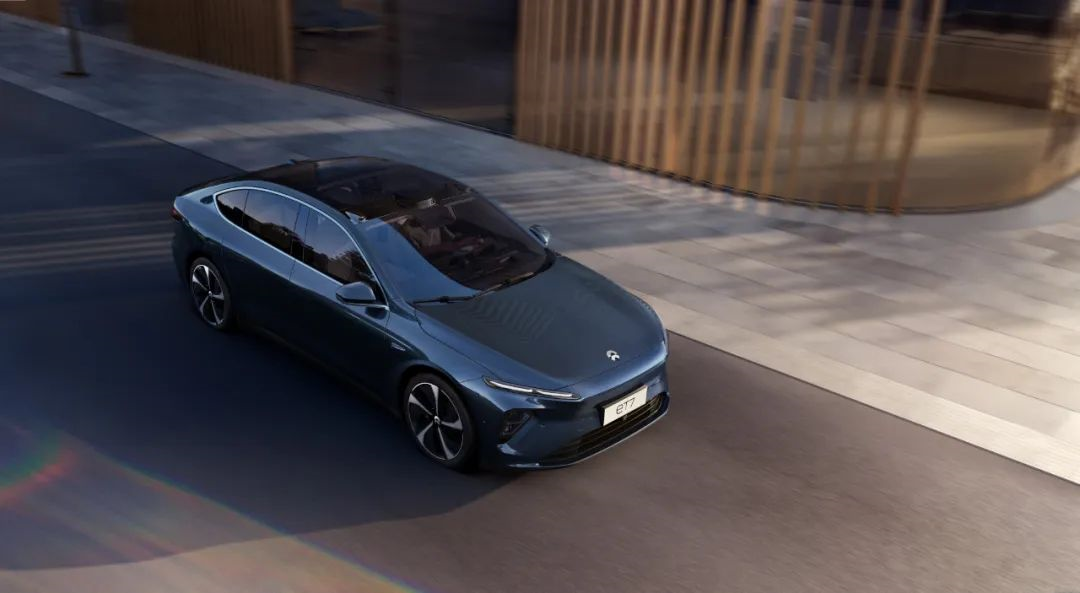A surge in the adoption of LiDAR in automobiles
By Zheng Wen, translated by [Your Name]
Edited by Zhou Changxian
In the world of LiDAR, the global market is no longer the same. As overseas companies continue to declare bankruptcy and merge, the domestic market is surging.
In October 2021, XPeng P5, as the world’s first mass-produced LiDAR intelligent automobile, was officially launched and delivered, marking the commercialization and implementation of the LiDAR industry.
Just one year later, the number of models equipped with LiDAR increased rapidly, with many new brand models taking the lead, such as NIO ET7, Li Xiang L9, JIMU L7, and various others, too numerous to mention.
More importantly, mainstream car companies such as BYD, Changan, SAIC, GAC, and other passenger car brands have begun mass production and delivery of LiDAR. The corresponding supplier list, such as Suteng Juchuang, Tudatong, Hesai, Huawei, Luminar, and Lanwo, is also continuously expanding.
According to research data from Zosi Automotive Research, the number of LiDAR installations is also increasing rapidly. The data shows that the number of new passenger cars equipped with LiDAR in China in the first half of 2022 has reached 24,700. According to a previous forecast by the Gao Gong Intelligent Automobile Research Institute, the total number for the year will reach 120,000. It’s worth noting that last year’s number was less than 8,000.
Bao Junwei, the co-founder and CEO of Tudatong, said, “We define 2022 as the first year of mass production of LiDAR.”
It seems that the situation in the industry is becoming clearer.
Mass production, mass production, and mass production
The market sees a surge in quantity, but from the perspective of the product definition of LiDAR, this means that some LiDAR companies have achieved the leap from “project-based functional achievements” to “universal scale implementation.”
After the point of definition, what is being tested is the ability to mass-produce. The ability to mass-produce is the lifeline of the technology.
Automotive components have much higher requirements for product consistency, stability, and reliability over the long product cycle than consumer-grade products.
In the long development process of the global automotive industry, the usual practice of introducing new technologies is for a supplier to cooperate with a major host customer to obtain a “high-quality mass production capability” pass and then expand the customer base on this basis. Reviewing the success story of Ningde times, cooperating with BMW is undoubtedly indispensable, and everything was thus written.
For now, we need to set aside the complex and diverse technical paths and boring data parameters of LiDAR. At this stage, the industry is collectively focused on “mass production.”# From reviewing the past to achieve mass production, termination of cooperation occurred frequently. In 2018, BMW reached a cooperation agreement with Quanergy, but turned to collaborating with Innoviz as the technical effect was unsatisfactory, and it has not entered mass production release phase yet. The Ibeo laser radar was used in the 2021 Great Wall Motors’ MOCHA, while Juchuang announced its provision of products in August 2022 for the Sagitar.
However, it seems that jumping from this shore to the other shore is a sudden event overnight.
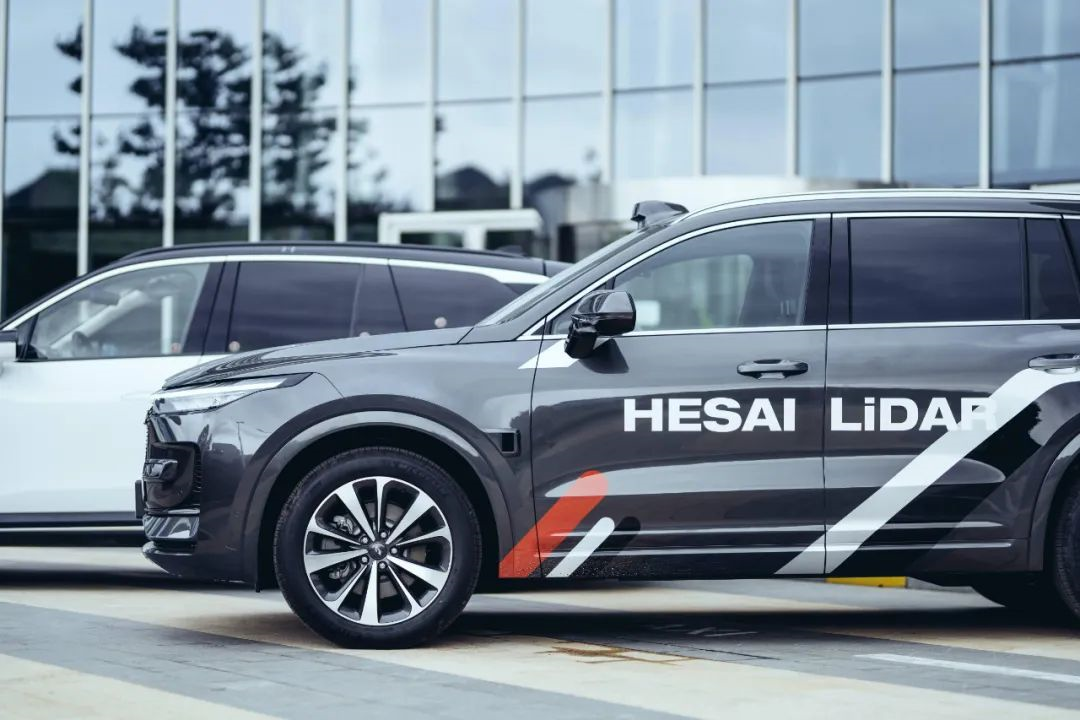
At the end of December 2022, Hesai Technology announced that the total delivery of Hesai LiDAR exceeded 100,000 units, with 80,000 units delivered in 2022 alone.
According to Bao Junwei, Tudatong’s production data is also considerable. “The publicly available data is 35,900 units up to the end of November 2022 on NIO, which is a very fast speed.”
In January 2021, Li Bin announced the use of the Falcon during the NIO Day, but the Tudatong product sample A had not been released yet. They couldn’t follow the traditional supplier’s pace and needed to import manufacturability design in the A sample as early as possible to verify and optimize as soon as possible. It took more than a year to reach mass production.
In February 2022, Tudatong’s first mass-produced LiDAR the Falcon was produced at the Ningbo factory line. At the end of the next month, it was delivered as a standard configuration of the NIO ET7 self-driving hypersensor system, opening the mass production delivery.
“We believe that the competition in the LiDAR industry has reached a new milestone, and achieving mass production delivery is a new threshold for the LiDAR track,” emphasized Bao Junwei. He believed that “now industrial investment not only focuses on technology, but also on who can achieve mass production and who can achieve sustainable and scalable mass production, expanding by 5 times, 10 times or even hundreds of times.”
He believed that “investmentists now value the ability to achieve mass production and land, which is quite advantageous for us. Many times, investors compare us to international counterparts to find that we are very fast and have a very strong execution capability. We still have this advantage.”
Based on the delivery volume produced in November and December of last year, Tudatong’s factory has already achieved a production capacity of over 250,000 units per year. On this basis, production lines will continue to be added while capacity escalates further.# Lowering production difficulty through modular design, TU-Automotive (图达通) is able to build a production line with a capacity of over 100,000 units within 6-9 months and steadily increase its production capacity.
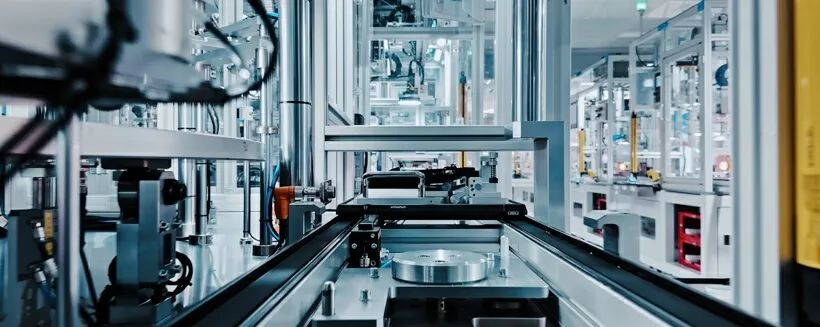
“By using both 1550nm laser and mixed solid-state scanning, the supply chain infrastructure is mature, but the components that meet our performance requirements are not yet mature”, said Junwei Bao, TU-Automotive CEO. With our leading position in mass production, we will explore and try together with many domestic supply chain partners in the new fields.
He confidently mentioned, “By using a new partnership model to promote China’s LiDAR and autonomous driving industry to the forefront of technology globally, we can mature the Chinese LiDAR supply chain and use our globally leading LiDAR products in the next level of the autonomous driving supply chain system, such as automobile manufacturers and ADAS system integrators.”
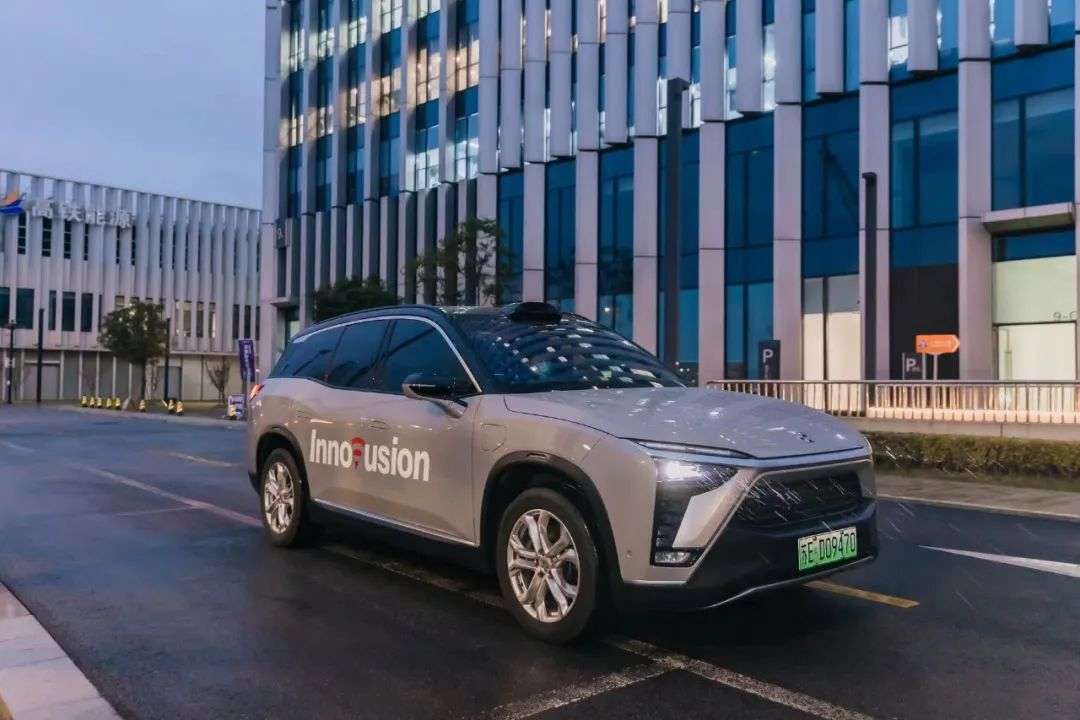
According to data from Yole and official announcements from several LiDAR companies, Huawei, TU-Automotive, and Leadorobotics (览沃) have all turned their targeted points into mass production projects. 8 out of 9 of SureStar’s targeted projects have been confirmed, and 6 out of 15 of Hesai’s targeted projects have been confirmed. In comparison, TU-Automotive’s targeted projects are relatively few and need more breakthroughs.
“Cost” Matters to the Industry
“Garbage in, garbage out. Hardware capability is the basis for achieving the entire detection capability,” explained Junwei Bao. Falcon’s farthest detection distance is 500 meters. “It’s not only about occasionally seeing a few points, but also about clearly seeing enough points (over ten points for each frame) so that the rear of a car can be detected.”
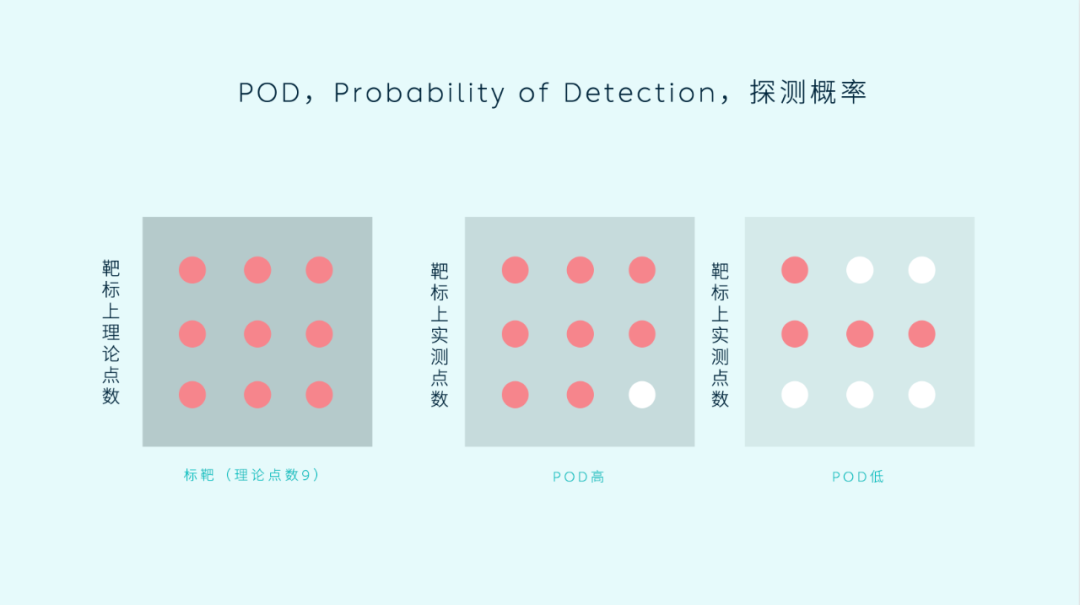 The priority for the forward radar can be said to be the highest. “Seeing far enough” and the more abundant the effective information is, the more sufficient decision-making time is left for the driver.
The priority for the forward radar can be said to be the highest. “Seeing far enough” and the more abundant the effective information is, the more sufficient decision-making time is left for the driver.
The basic parameters of the Hunter are a maximum detection distance of 500m, a detection distance of 250m at a 10% reflectivity, and a super high resolution of 0.06°H×0.06°V. It is worth mentioning that it can strategically choose to encrypt key areas and increase the resolution of any area as needed.
“The advantage of two-dimensional scanning is that the sparsity of the vertical field of view in the second dimension can be adjusted according to the slope of the road and distribute the points accordingly. The high-density lidar ‘image-level’ point is still very valuable, and this point should be placed where it is useful. Too many useless points not only increase power consumption and cost, but also cause additional burden to downstream data users,” Bao Junwei explained.
He emphasized that “in the face of such a real-time system as a car, every efficiency improvement is important, and any additional interference is an extra burden on the system. Two-dimensional systems can use points more freely where they are needed. Good steel should be used on the cutting edge.”
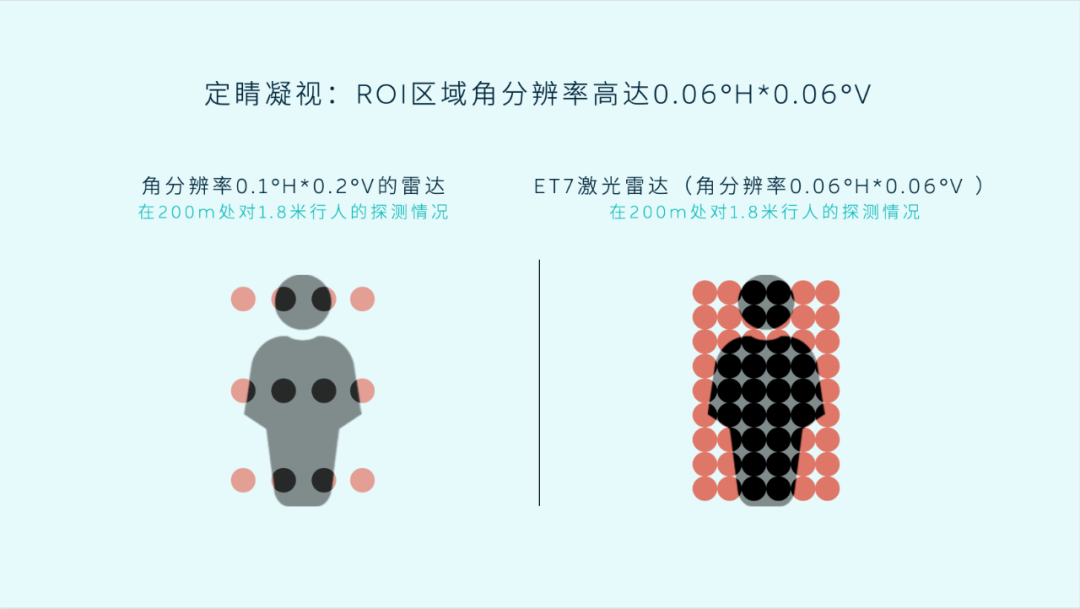
The basic principle of a lidar is to emit a detection signal to the target, and then obtain information by comparing the received signal reflected back from the target with the emitted signal. The system includes laser emission, laser reception, scanning system, and information processing.
The laser wavelength is a key indicator, and wavelength selection needs to consider four factors: eye safety, interaction with the atmosphere, available lasers, and available photodetectors.
At present, two wavelengths of 905nm and 1550nm are mainly used. The traditional 905nm wavelength has a mature industrial chain, lower cost, and better penetration ability in rainy and snowy weather. The 1550nm wavelength has advantages in eye safety and beam quality. It has stronger penetration ability in the atmosphere, higher detection accuracy, and stronger anti-interference ability. Its beam collimation and brightness are also higher.
In terms of eye safety, it should be noted that 905nm is closer to the visible light band of the human eye and is easy to damage the retina, so the power is limited. This also affects the improvement of detection distance. 1550nm is far away from the visible light band, and is easily absorbed by water. Under the same conditions, it has less harm to the retina and can increase the detection distance by increasing the power.
Also, 1550nm lidar brings about the problem of high power consumption and low energy conversion efficiency. The typical power consumption of a 905nm lidar is generally around 20W, while that of 1550nm lidar needs to be above 30W.
At present, silicon receivers are used for 905nm wavelength, but silicon cannot detect the 1550nm band, and more expensive Ge or InGaAs detectors are needed. Moreover, 1550nm lidar generally uses fiber lasers as the light source, which is relatively more complex in technology, and has obvious shortcomings in terms of the cost of the light source and detector, radar volume, and supply chain maturity.
Cost has always been an important factor affecting the scale development of emerging industries. In the future, with the decrease in the cost of 1550nm technology, the market application ratio will increase accordingly. At the same time, after the production capacity climbs, its cost will continue to decrease.
In fact, 1550nm is indeed being chosen by more and more manufacturers. In addition to Hesai Technology and Luminar, Jiadu Technology and Raysees also joined this camp. Raysees’ latest batch of 128-line, 180-line and 400-line image-grade 1550nm lidars are priced at 7999 yuan, 9999 yuan and 19999 yuan (excluding tax), respectively. In addition, there are estimates for the disassembly of Luminar’s products that the final cost of the 1550nm models may even fall below $500.
Many lidar company executives have said that lidars have not yet been able to fully function on vehicles, and still need to be optimized and run in both hardware and software to better serve the development of advanced intelligent driving.
However, the future is still promising. Huaxi Securities estimates that the market space for lidars in China’s passenger vehicle sector will reach RMB 26.1 billion in 2025 and RMB 98 billion in 2030. The compound annual growth rate of the lidar market in China’s passenger vehicle sector in the next three years is expected to reach 200%+, and from 2025 to 2030, the compound annual growth rate will exceed 30%.” The expansion speed is similar to that of our electrification in the past years, maybe even faster. It is very easy to reach hundreds of thousands of units in 2022 and double or triple the number in 2023, possibly reaching 400,000 to 500,000 units. It is very likely to reach one million units in 2024″, added Junwei Bao.
It can be anticipated that there is a milestone that needs to be achieved in the near future. The penetration of LIDAR technology for the top 20 mature car models has not yet been formed. When it penetrates mainstream car models, the LIDAR industry can celebrate with champagne.”
This article is a translation by ChatGPT of a Chinese report from 42HOW. If you have any questions about it, please email bd@42how.com.
